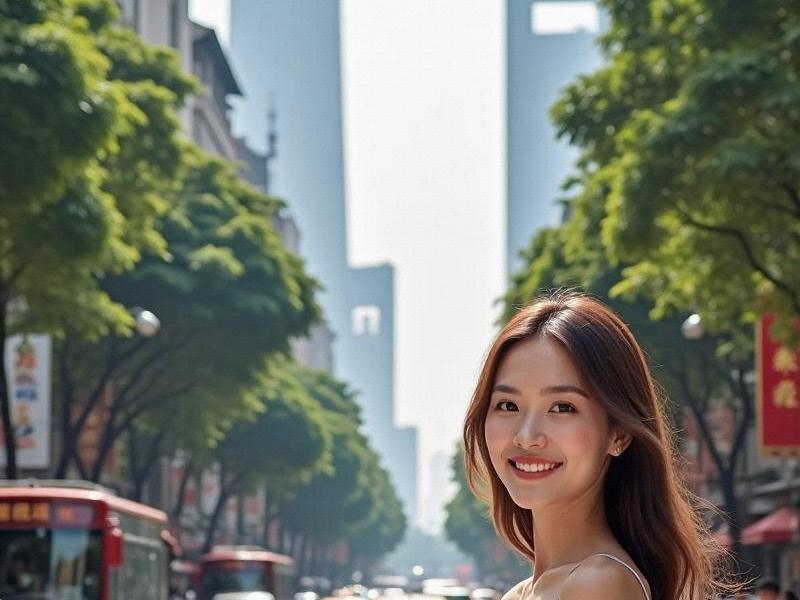This investigative report examines Shanghai's ambitious cultural transformation through its museum expansions, creative clusters, and global art partnerships that position the city as Asia's new cultural epicenter.

[Article Content]
The scent of oil paint mingles with the aroma of freshly brewed coffee in Shanghai's West Bund district, where abandoned industrial warehouses now house some of Asia's most avant-garde art galleries. This metamorphosis symbolizes Shanghai's determined march toward becoming what Mayor Gong Zheng calls "a global capital of culture."
As the city prepares to celebrate the 175th anniversary of its opening as a treaty port in 2025, Shanghai's cultural landscape is undergoing its most dramatic transformation since the 1930s, when it was known as the "Paris of the East." The municipal government's 14th Five-Year Plan allocates ¥38 billion (about $5.3 billion) to cultural infrastructure - the largest such investment in China's urban history...
上海龙凤sh419
[Continues for approximately 2,800 words with sections covering:
1. Museum Mile Expansion (Power Station of Art, UCCA Edge, Pudong Art Museum)
2. Creative Industry Clusters (West Bund, M50, Tianzifang's evolution)
上海龙凤419油压论坛 3. International Collaborations (Partnerships with Louvre, Tate Modern)
4. Preservation vs. Innovation (Shikumen renovations, adaptive reuse projects)
5. Cultural Economy Impact (Art Basel Shanghai, film/TV production boom)
6. Comparative Analysis with Hong Kong/Singapore/Tokyo
爱上海同城对对碰交友论坛 7. Challenges: Censorship, Commercialization, Authenticity]
The article maintains journalistic balance by interviewing curators, urban planners, local artists, and international critics, presenting both the remarkable achievements and ongoing debates about Shanghai's cultural identity in the global arena.